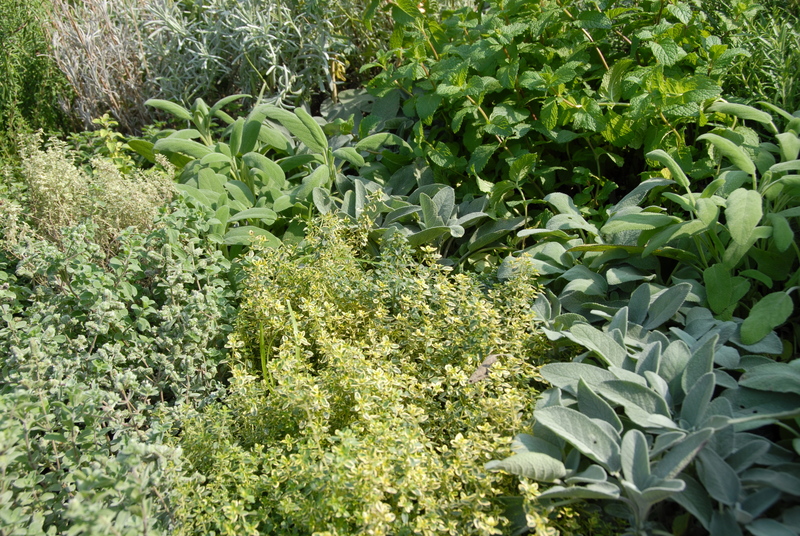Deck Safety: Anti-Slip Solutions
Posted on 06/09/2024
Wooden decks provide a comfortable, outdoor living space and enhance the aesthetic appeal of a home. However, the attractive feature can pose safety risks, especially when wet. Slipping on a deck can lead to severe injuries, making it crucial for homeowners to adopt effective anti-slip measures. This article delves into various anti-slip solutions, providing you with tips, pros and cons, and crucial takeaways to ensure deck safety.
Understanding the Need for Anti-Slip Solutions
Decks are exposed to the elements year-round, facing rain, ice, and snow, all of which can make their surfaces dangerously slippery. Algae, mold, and mildew can also form on the deck surface, further increasing the risk of slips and falls. Ensuring your deck has anti-slip features is essential for the safety of everyone who uses it, from family members to guests.

Materials with Natural Anti-Slip Properties
Some decking materials are inherently slip-resistant. For example, composite decks are made of a mixture of wood fibers and plastic, and often have a textured surface that enhances grip. Similarly, certain types of treated wood are designed to resist water absorption, which also reduces slipperiness. These materials provide a built-in layer of safety but may come at a higher cost.
Anti-Slip Coatings and Paints
Another popular method to prevent slips is to apply anti-slip coatings or paints directly to the deck surface. These products often contain grit or sand, which increases traction. They are available in various colors, allowing you to match or contrast with your existing deck d?cor. Regular maintenance, like re-applying these coatings, is necessary to ensure their effectiveness over time.
Non-Skid Strips and Pads
Non-skid strips and pads are adhesive-backed materials that you can easily apply to high-traffic sections of your deck. They are typically made from abrasive materials that prevent slipping. This solution is straightforward to install and can be relatively inexpensive. However, like other outdoor products, they may wear out and require replacement over time.
Textured Decking
Textured decking options, such as those with ridges or other raised patterns, offer a more permanent solution to prevent slipping. These textures provide a more secure grip, even when the deck is wet. This method often involves replacing existing decking boards, which can be more labor-intensive and costly but provides a long-lasting solution.
Regular Cleaning and Maintenance
No matter which anti-slip solution you use, regular cleaning and maintenance are crucial. Removing dirt, algae, mold, and mildew helps ensure your deck remains non-slippery. A simple solution of water and deck cleaner can go a long way in keeping your deck safe. Regularly inspect your deck for signs of wear or damage, and address any issues promptly to maintain its slip-resistant qualities.
Anti-Slip Rugs and Rubber Mats
Placing anti-slip rugs or rubber mats in areas most susceptible to becoming slippery, such as near doorways or steps, is an effective and affordable option. These mats are often designed to withstand outdoor conditions and can be easily removed for cleaning. While they provide additional safety, they might not cover the entire deck and could themselves become slippery if not maintained properly.
Pros and Cons of Various Anti-Slip Solutions
Each anti-slip solution comes with its own advantages and disadvantages:
Natural Materials:
- Pros: Built-in safety, low maintenance
- Cons: Higher cost, limited options
Anti-Slip Coatings:
- Pros: Variety of choices, easy to apply
- Cons: Regular maintenance, may wear off
Non-Skid Strips:
- Pros: Simple installation, cost-effective
- Cons: Need replacement, could peel off
Textured Decking:
- Pros: Long-lasting, high effectiveness
- Cons: High initial cost, labor-intensive
Rugs and Mats:
- Pros: Affordable, easy to replace
- Cons: Limited coverage, maintenance required
Tips for Maximizing Deck Safety
- Regularly inspect your deck for signs of wear and damage.
- Clean your deck periodically to remove dirt, algae, and mildew.
- Use a combination of anti-slip solutions for maximum effectiveness.
- Consider professional advice for installing permanent anti-slip features.
- Replace worn-out anti-slip additions promptly to maintain safety.

Takeaways
Deck safety should never be overlooked, especially when considering the dangers of slips and falls. A range of anti-slip solutions are available, from textured decking and natural materials to anti-slip coatings and non-skid strips. Each method offers unique benefits and comes with its own set of challenges. Regular maintenance and cleaning are essential to keep any anti-slip measures effective.
Conclusion
Enhancing the safety of your deck with anti-slip solutions is both a practical and responsible approach. From the selection of naturally slip-resistant materials to the application of coatings and the use of non-skid strips, multiple options can mitigate the risk of accidents. To ensure maximum safety and longevity of these measures, combining different methods and committing to regular maintenance is key. By doing so, you can enjoy a beautiful, safe outdoor living space for years to come.




